Journey through blue lakes, snowy mountains and grasslands
Before the train was about to leave Xining station (Qinghai province, China), many passengers carefully used tissue or wet towels to wipe each glass window on both sides of the train car.
This is a familiar "ritual" for those who have traveled on the Qinghai - Tibet train, the route known as the most beautiful in China and also the highest railway line in the world .

Many tourists often bring towels or wet tissues to clean the glass windows before boarding this train (Photo: Screenshot).
According to Lonely Planet , this route connects Xining (the capital of Qinghai province) with Lhasa (the cultural and religious center of Tibet). The journey is 1,956km long, crossing the harsh terrain of the Qinghai-Tibet Plateau, with the highest point at Tanggula Pass at an altitude of more than 5,000m above sea level.
Passengers often choose the early morning train, when the mist still covers Xining station. The train leaves the station, slowly speeds through the quiet suburbs, and then opens up to a vast view of Qinghai Lake, China's largest natural saltwater lake, with its distinctive emerald green color.
This is the time for passengers to take photos, because in just a few dozen minutes, the mirror-like lake surface will gradually disappear behind the high mountains. From there, the train begins to move up, passing Golmud - the gateway city of the highlands.
According to TripZilla , the journey from Golmud to Lhasa is the most beautiful and impressive part when the train passes through the snow-capped Kunlun range all year round, passes the Hoh Xil nature reserve - home to the rare Tibetan antelope, and then reaches the towering Tanggula Pass.
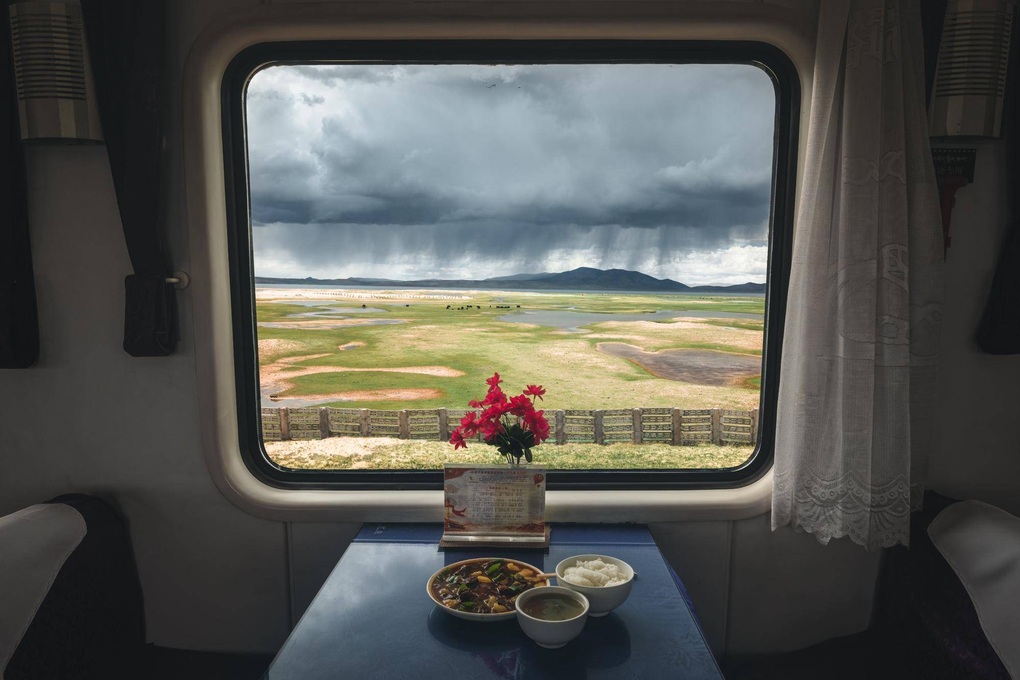
The vast grassland scene through the train window (Photo: Sohu).
The railway in this section is laid on permafrost, with snow-capped mountains on both sides and white clouds drifting down close to the ground.
Those who have traveled this route recommend choosing the daytime train, because the scenery changes continuously every hour: in the morning there is a clear blue lake, at noon there is a vast grassland, in the afternoon there are snow-capped mountains and a fiery sunset on the horizon.
The train ride is known as the most beautiful in China ( Video : Great Tibet Tour).
Ticket prices and things to know
According to China Discovery , ticket prices for the Xining - Lhasa route range from 600-1,200 yuan (about 2.2-4.4 million VND) depending on seat type and time.
Each car is equipped with large anti-UV glass windows and pressure-resistant walls. The soft sleeper compartment has clean bedding and an oxygen supply system to reduce altitude fatigue.

Passengers use the oxygen supply system on the train (Photo: Yowangdu.com).
Although slower than flying, most tourists believe that taking the train is the only way to fully experience the beauty of the Tibetan plateau.
The nearly 24-hour journey did not make people tired. On the contrary, many people compared it to "the world's longest nature movie", shown through the train window.
However, some travel websites warn of the risk of altitude sickness on this train. Although the train has a supplementary oxygen system, passengers are still advised to bring medication and avoid sudden movements when the train reaches an altitude of over 3,000m.
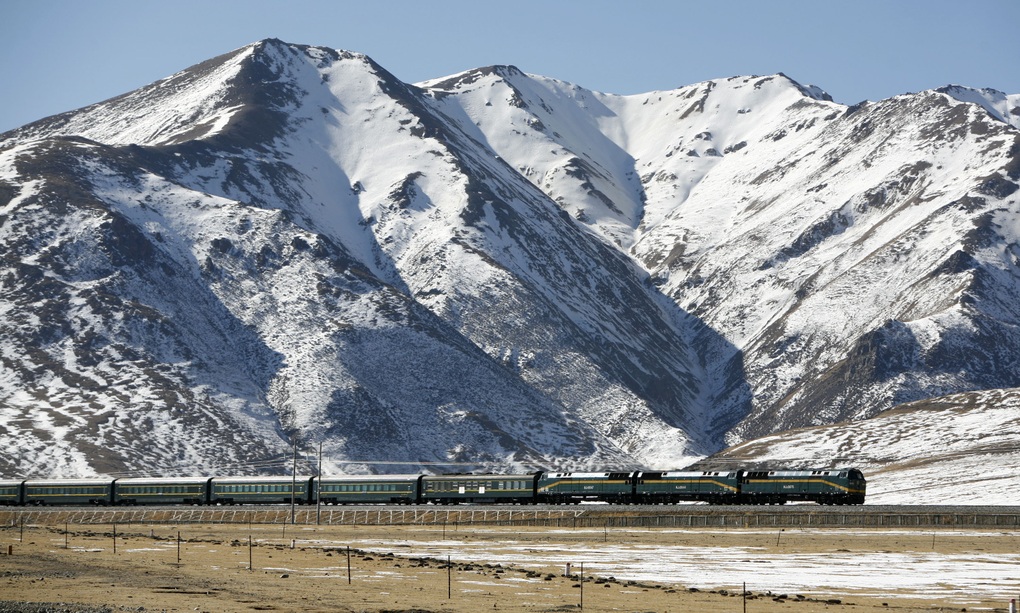
Sudden changes in climate in many areas can affect passengers' health (Photo: Getty Images).
If you have the opportunity to experience this train, visitors are advised to choose a seat near the window to fully admire the scenery outside.
This is a highland railway where the scenery changes constantly, so a camera or phone with a wide-angle mode will help you capture the most impressive frames through the train window.
In addition, because the train passes through the highlands, temperatures can vary greatly, so visitors should prepare warm clothes.
Many people also bring small cleaning cloths or wet wipes to clean their glasses to avoid blurring their vision. Passengers who have traveled this route say that by simply wiping the windows, you will have the “most beautiful journey in China” right before your eyes.
Source: https://dantri.com.vn/du-lich/chuyen-tau-ky-la-o-trung-quoc-hanh-khach-phai-tho-oxy-tu-lau-cua-kinh-20251022215135875.htm


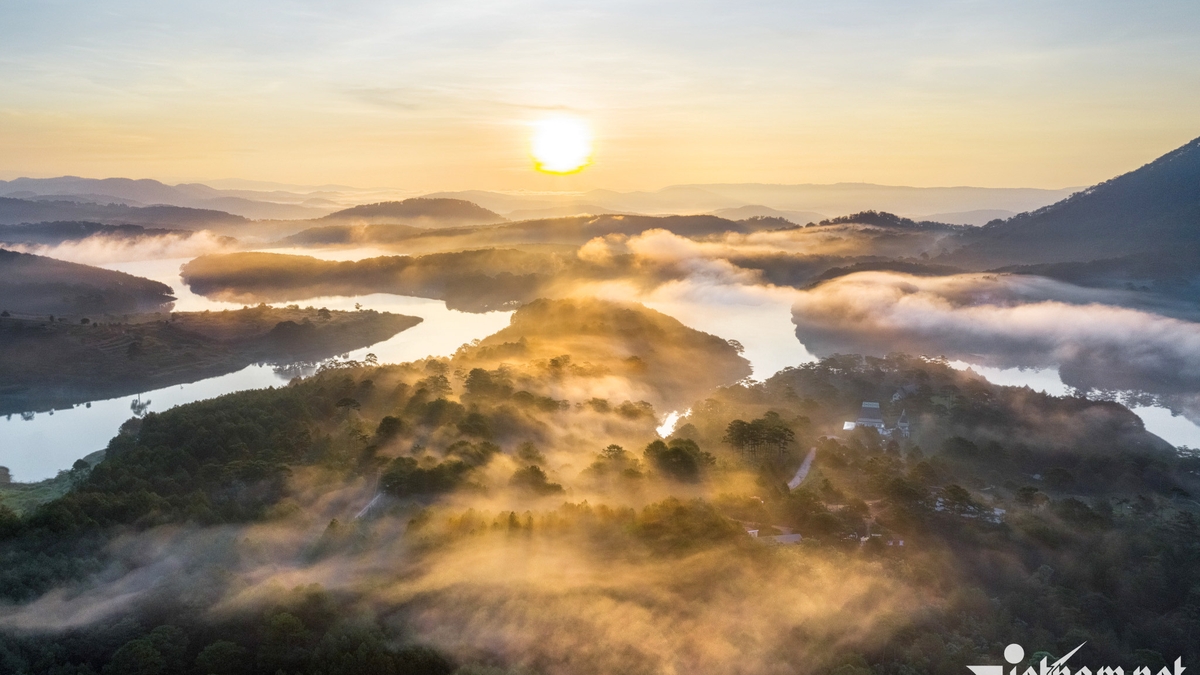
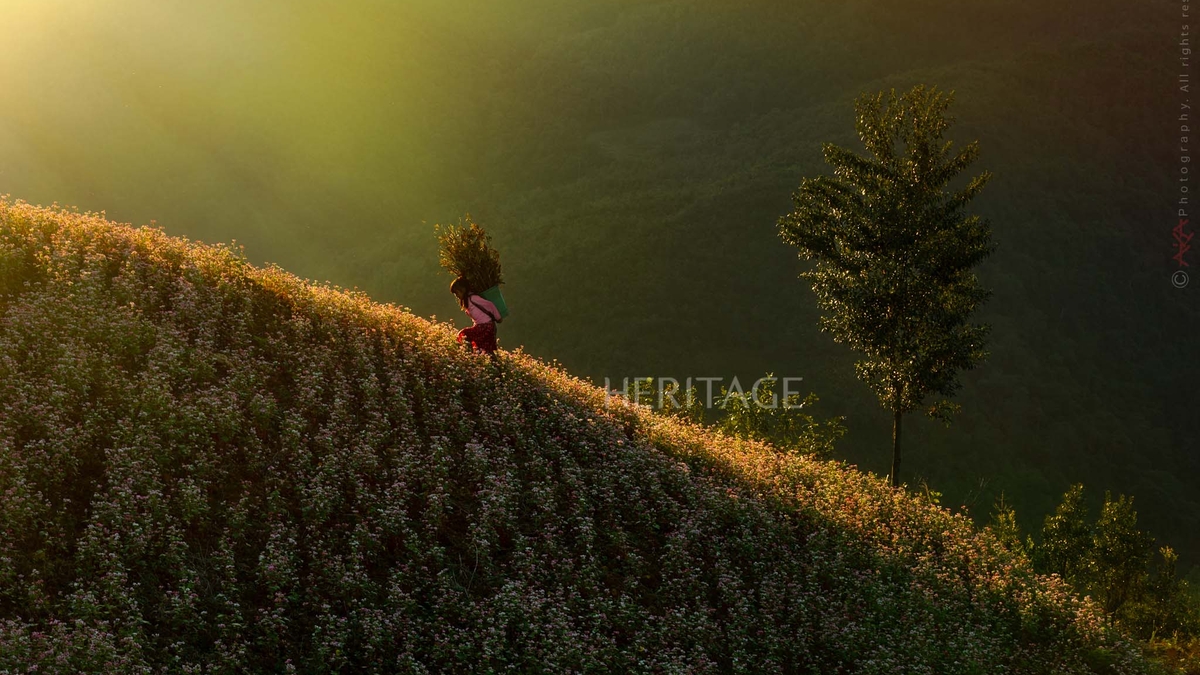
![[Photo] Prime Minister Pham Minh Chinh chairs meeting on railway projects](https://vphoto.vietnam.vn/thumb/1200x675/vietnam/resource/IMAGE/2025/10/23/1761206277171_dsc-9703-jpg.webp)
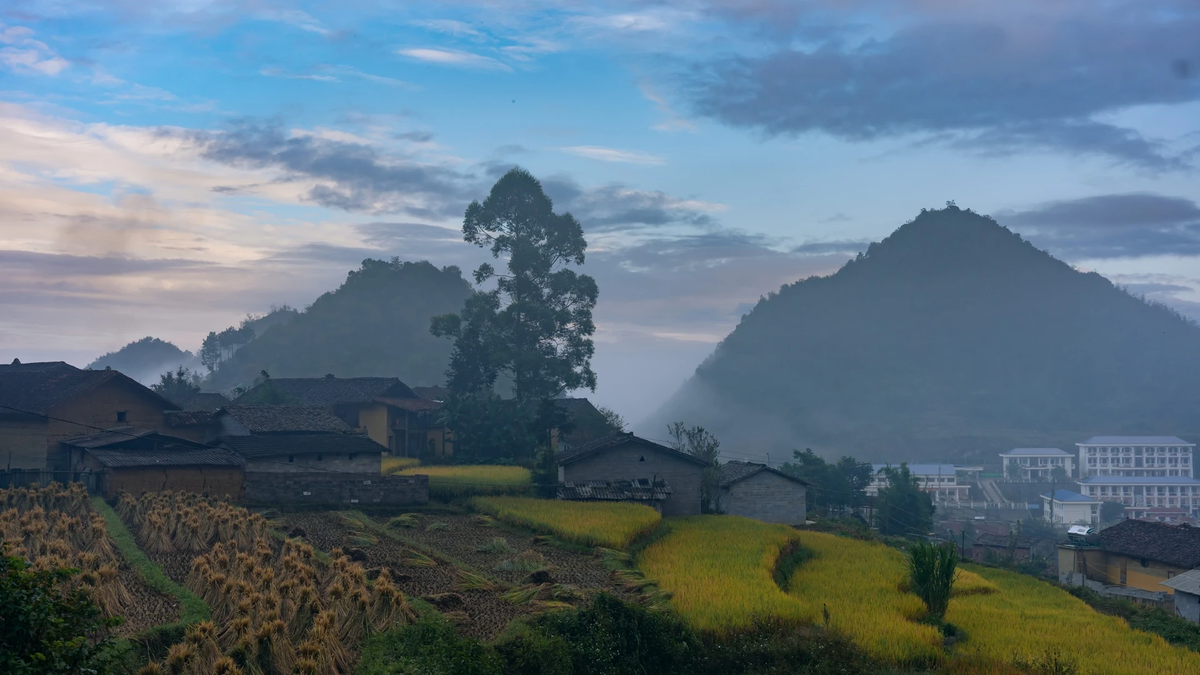

![[Photo] President Luong Cuong holds talks with South African President Matamela Cyril Ramaphosa](https://vphoto.vietnam.vn/thumb/1200x675/vietnam/resource/IMAGE/2025/10/23/1761221878741_ndo_br_1-8416-jpg.webp)











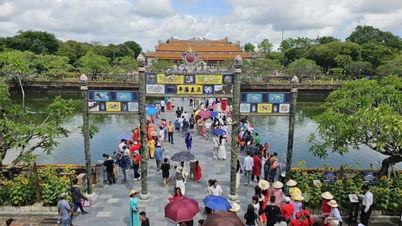


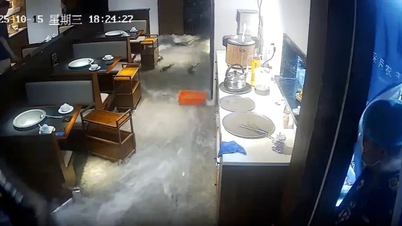
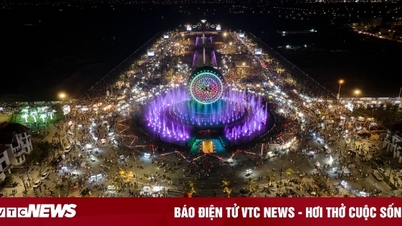
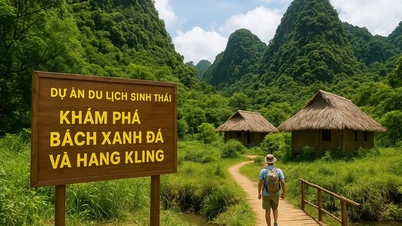

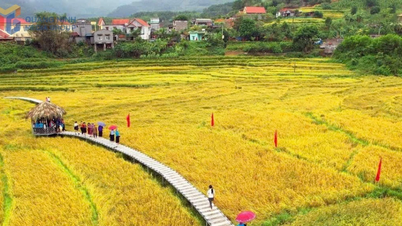








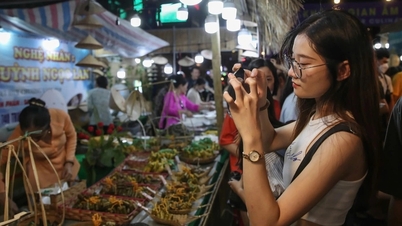


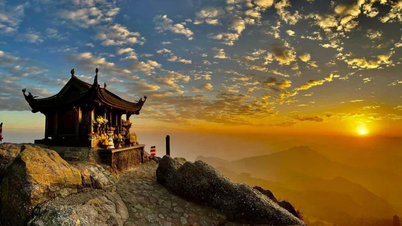










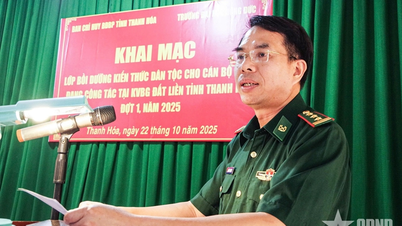



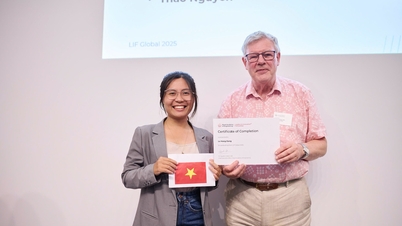




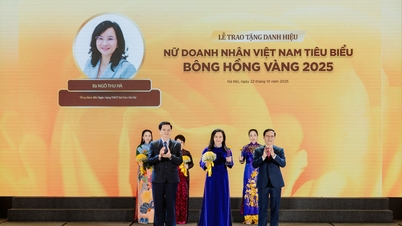




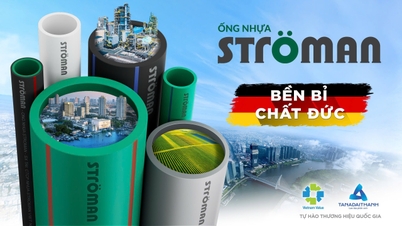














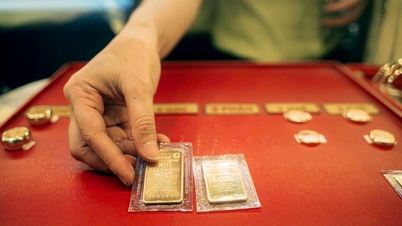








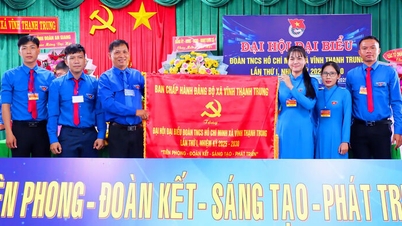



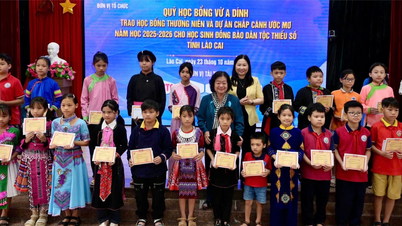


















Comment (0)